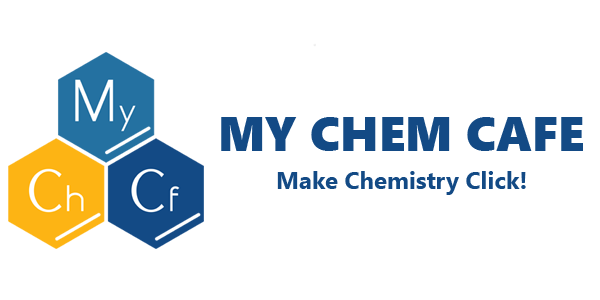27. The Chemistry and Physics of Equilibrium
Is the concept of Equilibrium under physics or chemistry?
Ever dreamt to become a skydiver, just because of the adrenaline you get when you jump from hundreds of meters off a mountain? Well, same! (P.S. Physics students, feel free to take a jump to the next paragraph, because the following information might seem boring to all of your amazing brain neurons!) Let us take a look at some of the background information to imagine how we are able to fall at a constant speed, reaching terminal velocity. When the skydiver continues his journey down towards the earth, the upward force on him due to air resistance would be the same as the force of gravity. These equal, however opposing, forces cancel out with each other, resulting in a zero net force. This results in a zero acceleration, also known as reaching a dynamic equilibrium. This concept is summarised by Newton’s First Law, which also means that an object’s motion will not change unless it experiences a net force. Similarly, in a reversible reaction, dynamic equilibrium is achieved when the rates of the forward and reverse reaction are equal. At this stage, the concentration of all the reactants and the products remain constant if the temperature is kept constant. This concept of equilibrium will be explored further by our chemistry tutor.
Application of Equilibrium
Let us consider the following dynamic equilibrium. H2 (g) + I2 (g) ⇌ 2HI (g). The dynamic nature of the equilibrium can be demonstrated by adding a small amount of radioactive iodine (I2*) to the above reaction at a state of equilibrium. After some time, measurements will show that the mixture contains radioactive hydrogen iodide (HI*), indicating that the reaction is still continuing. After a period of time, the forward reaction rate becomes equal to the reverse reaction rate. A state of dynamic equilibrium is re– established. Interestingly, there is no change in macroscopic properties such as colour and density of the reaction mixture at dynamic equilibrium. Such interesting observations will be simplified by our chemistry tutor in the simplest way possible. Just with the simple concept of equilibrium, our chemistry tuition will be able to break down and provide examples of such reactions, that will stay relevant to chemistry labs as well as reality.
Who or what is Le Chatelier
Hmm.. Lets see.. If I was given a whole laboratory to work in, I would probably mix sodium hydroxide and hydrochloric acid to conduct basic titration. However, Henry-Louis Le Chatelier, a French chemist put a laboratory at his disposal to good use. He conducted chemistry experiments on explosive materials which he published as his first works of scientific paper. After two years working as a mining engineer, Le Chatelier based his experiments on such regard, which led him to studies that were based on the thermocouple principle. He perfected the coupling of platinum with a platinum-rhodium alloy that gave rise to the thermoelectric pyrometer, known as the “Le Chatelier”. It would definitely be amazing to have a whole framework, or rather a finding named after you. To get inspiration to strive to become like Le Chatelier, wait no more and find our chemistry tutor for help! Not only will our chemistry tuition be able to teach you the chemistry concepts, but we will also be able to provide guidance as to how to better put the knowledge to good use in the future!
Click HERE to read next
Chemistry Tuition Singapore @ MY CHEM CAFE
Principal Chemistry Tutor: Mr. Jacky Wong

